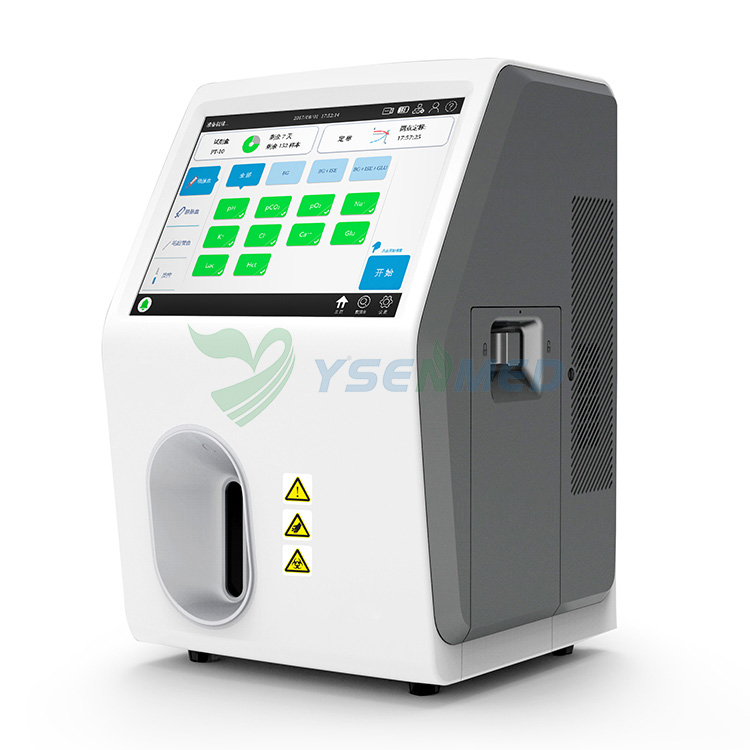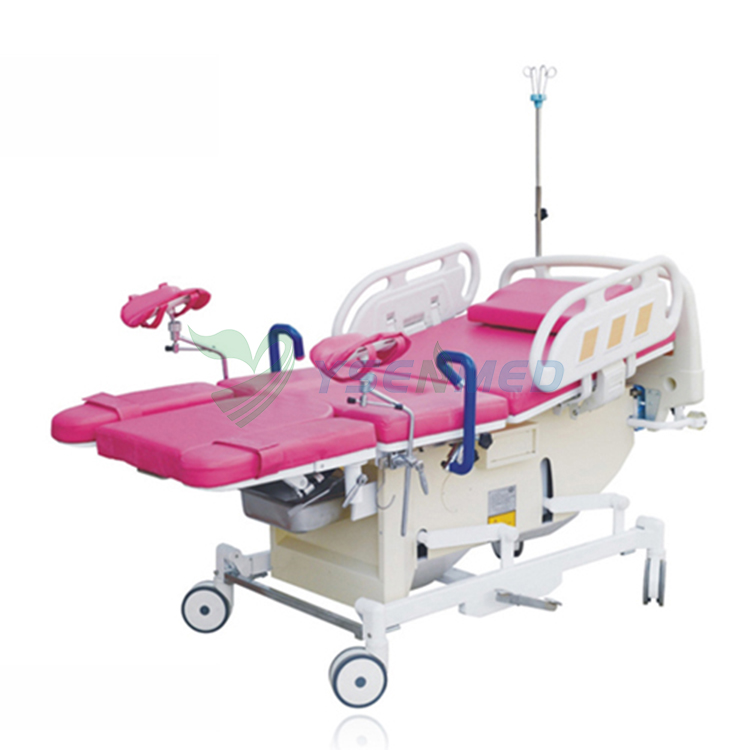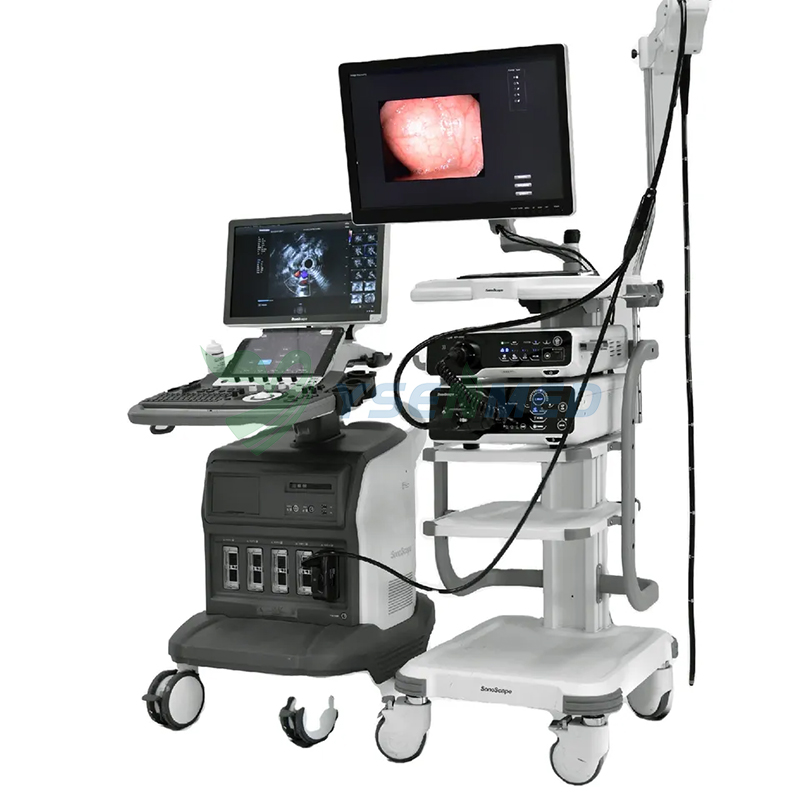Title: Innovations in Medical Imaging: Unveiling the 1.5T MRI Superconducting System
Introduction:
In the ever-evolving landscape of medical imaging, advancements continue to revolutionize the way healthcare providers diagnose and treat various medical conditions. Among these innovations, the 1.5T
MRI superconducting system stands out as a game-changer, offering unparalleled imaging capabilities and diagnostic precision. This comprehensive article explores the groundbreaking innovations of the 1.5T MRI superconducting system, delving into its functionalities, applications, benefits, and impact on modern healthcare.
Understanding the 1.5T MRI Superconducting System:
The 1.5T MRI superconducting system represents a state-of-the-art magnetic resonance imaging (MRI) technology that harnesses the principles of superconductivity to generate powerful magnetic fields for imaging purposes. This advanced system operates at a magnetic field strength of 1.5 Tesla, which is ideal for a wide range of clinical applications, including neurological imaging, musculoskeletal imaging, cardiac imaging, and oncological imaging.
Functionalities and Components:
Superconducting Magnet: The cornerstone of the 1.5T MRI system is its superconducting magnet, which consists of superconducting coils cooled to ultra-low temperatures using liquid helium. These coils generate a strong and stable magnetic field with a strength of 1.5 Tesla, enabling high-resolution imaging of anatomical structures and pathological processes within the body.
Gradient Coils: Gradient coils are integrated into the MRI system to produce spatial encoding gradients, which are essential for encoding the spatial location of protons within the imaging volume. By applying varying magnetic field gradients, gradient coils allow for the acquisition of multi-dimensional MR images with high spatial resolution and tissue contrast.
Radiofrequency (RF) Coils: RF coils are used to transmit radiofrequency pulses and receive MR signals from the patient's body during MRI scanning. The 1.5T MRI system typically includes a variety of RF coils optimized for different imaging applications, such as head coils, body coils, surface coils, and specialized coils for specific anatomical regions or imaging techniques.
Imaging Sequences and Pulse Sequences: The 1.5T MRI system offers a wide range of imaging sequences and pulse sequences that allow healthcare providers to customize MRI protocols according to the specific clinical questions and imaging objectives. Common sequences include T1-weighted imaging, T2-weighted imaging, diffusion-weighted imaging, and contrast-enhanced imaging, each offering unique insights into tissue morphology, composition, and function.
Image Reconstruction and Processing: Advanced image reconstruction algorithms and processing techniques are employed to reconstruct raw MR data into high-quality images with optimal spatial resolution, signal-to-noise ratio, and contrast-to-noise ratio. Iterative reconstruction algorithms, parallel imaging techniques, and motion correction algorithms are utilized to minimize artifacts and enhance image quality.
Applications Across Clinical Specialties:
Neuroimaging: The 1.5T MRI superconducting system is widely used in neuroimaging for the diagnosis and characterization of various neurological conditions, including stroke, brain tumors, multiple sclerosis, and neurodegenerative diseases. High-resolution structural imaging, functional MRI (fMRI), diffusion tensor imaging (DTI), and magnetic resonance spectroscopy (MRS) are among the techniques employed to assess brain anatomy, function, and metabolism.
Musculoskeletal Imaging: In musculoskeletal imaging, the 1.5T MRI system plays a crucial role in evaluating joint disorders, soft tissue injuries, bone tumors, and degenerative joint diseases. MRI protocols tailored to musculoskeletal imaging include T1-weighted imaging for assessing anatomy and T2-weighted imaging for evaluating pathology, as well as specialized sequences such as fat-suppressed imaging and magnetic resonance arthrography (MRA) for enhancing tissue contrast and delineating anatomical structures.
Cardiac Imaging: Cardiac MRI with the 1.5T superconducting system enables comprehensive evaluation of cardiovascular anatomy, function, and perfusion, making it valuable for diagnosing myocardial infarction, cardiomyopathies, valvular heart disease, and congenital heart defects. Techniques such as cine imaging, myocardial tagging, and first-pass perfusion imaging provide detailed information about cardiac structure, function, and blood flow dynamics.
Oncological Imaging: The 1.5T MRI system is instrumental in oncological imaging for detecting, staging, and monitoring various types of cancer, including breast cancer, prostate cancer, liver cancer, and brain tumors. Multiparametric MRI protocols incorporating anatomical, functional, and metabolic imaging techniques allow for comprehensive assessment of tumor morphology, vascularity, cellularity, and treatment response.
Abdominal and Pelvic Imaging: Abdominal and pelvic MRI with the 1.5T superconducting system is valuable for evaluating gastrointestinal, hepatobiliary, genitourinary, and gynecological disorders. Sequences such as T2-weighted imaging, diffusion-weighted imaging (DWI), and contrast-enhanced MRI provide detailed visualization of abdominal organs, blood vessels, and pelvic structures, aiding in the diagnosis of conditions such as liver cirrhosis, renal tumors, pelvic inflammatory disease, and gynecological malignancies.
Benefits and Advantages:
High Image Quality: The 1.5T MRI superconducting system offers exceptional image quality with high spatial resolution, tissue contrast, and signal-to-noise ratio, allowing for precise visualization and characterization of anatomical structures and pathological processes.
Diagnostic Accuracy: With its superior imaging capabilities, the 1.5T MRI system enhances diagnostic accuracyand confidence, enabling healthcare providers to make informed clinical decisions and formulate appropriate treatment plans based on accurate imaging findings. The detailed anatomical and functional information provided by 1.5T MRI imaging contributes to early disease detection, staging, and monitoring, leading to improved patient outcomes and prognostic assessment.
Non-Invasive Imaging: MRI imaging with the 1.5T superconducting system is non-invasive and does not involve ionizing radiation, making it safe for patients of all ages, including pregnant women and pediatric populations. This non-invasive nature reduces the risk of adverse effects and complications associated with invasive diagnostic procedures, such as surgery or contrast administration.
Versatility and Multi-Modality Integration: The 1.5T MRI system offers versatility and multi-modality integration, allowing for the acquisition of multiple imaging contrasts and functional information within a single examination. Integration with other imaging modalities such as computed tomography (CT), positron emission tomography (PET), and ultrasound enhances diagnostic capabilities and provides complementary information for comprehensive patient evaluation.
Patient Comfort and Experience: Despite its advanced imaging capabilities, the 1.5T MRI superconducting system prioritizes patient comfort and experience, offering features such as wide-bore designs, noise reduction technology, and shorter scan times to minimize patient anxiety and claustrophobia during MRI examinations. Enhanced patient comfort promotes cooperation and compliance, ensuring high-quality imaging results without compromising patient well-being.
Advancements and Innovations:
High-Field Strength MRI: While 1.5T MRI systems have been the gold standard for clinical imaging for decades, advancements in magnet technology have led to the development of higher field strength MRI systems, such as 3 Tesla (3T) and even 7 Tesla (7T) systems. These higher field strengths offer increased signal-to-noise ratio and spatial resolution, enhancing image quality and diagnostic capabilities for certain applications, such as neuroimaging and functional MRI.
Multi-Channel RF Technology: Advanced multi-channel radiofrequency (RF) coil technology allows for parallel imaging and accelerated MRI acquisition, reducing scan times and improving imaging efficiency without compromising image quality. Multi-channel RF coils also enable robust fat suppression, improved signal homogeneity, and artifact reduction, enhancing diagnostic confidence in challenging imaging scenarios.
Artificial Intelligence and Machine Learning: The integration of artificial intelligence (AI) and machine learning algorithms into MRI image reconstruction and analysis holds promise for further improving image quality, reducing scan times, and automating image interpretation tasks. AI-based techniques for noise reduction, artifact correction, and image reconstruction optimize imaging protocols and enhance diagnostic accuracy, leading to more efficient workflow and clinical decision-making.
Functional and Molecular Imaging: Emerging techniques such as functional MRI (fMRI), diffusion MRI, perfusion MRI, and magnetic resonance spectroscopy (MRS) offer insights into tissue physiology, metabolism, and microstructure, expanding the diagnostic capabilities of MRI beyond anatomical imaging. Molecular imaging agents and targeted contrast agents enable non-invasive visualization of specific molecular markers and biological processes, opening new avenues for precision medicine and personalized therapy.
Interventional MRI: Advances in interventional MRI technology enable real-time image guidance for minimally invasive procedures and therapeutic interventions, such as MRI-guided biopsies, ablations, and catheter-based treatments. Real-time MRI visualization provides accurate targeting, precise lesion localization, and immediate feedback during interventions, improving procedural outcomes and patient safety.
Conclusion:
The 1.5T
MRI superconducting system represents a pinnacle of innovation in medical imaging, offering unparalleled capabilities for non-invasive visualization and characterization of anatomical structures and pathological processes. With its high image quality, diagnostic accuracy, patient comfort, and versatility, the 1.5T MRI system has become an indispensable tool in the diagnosis, treatment planning, and monitoring of various medical conditions across clinical specialties. As technology continues to evolve and innovate, the future holds exciting possibilities for further advancements in MRI imaging, paving the way for enhanced patient care, clinical outcomes, and scientific discovery in the field of medical imaging.




